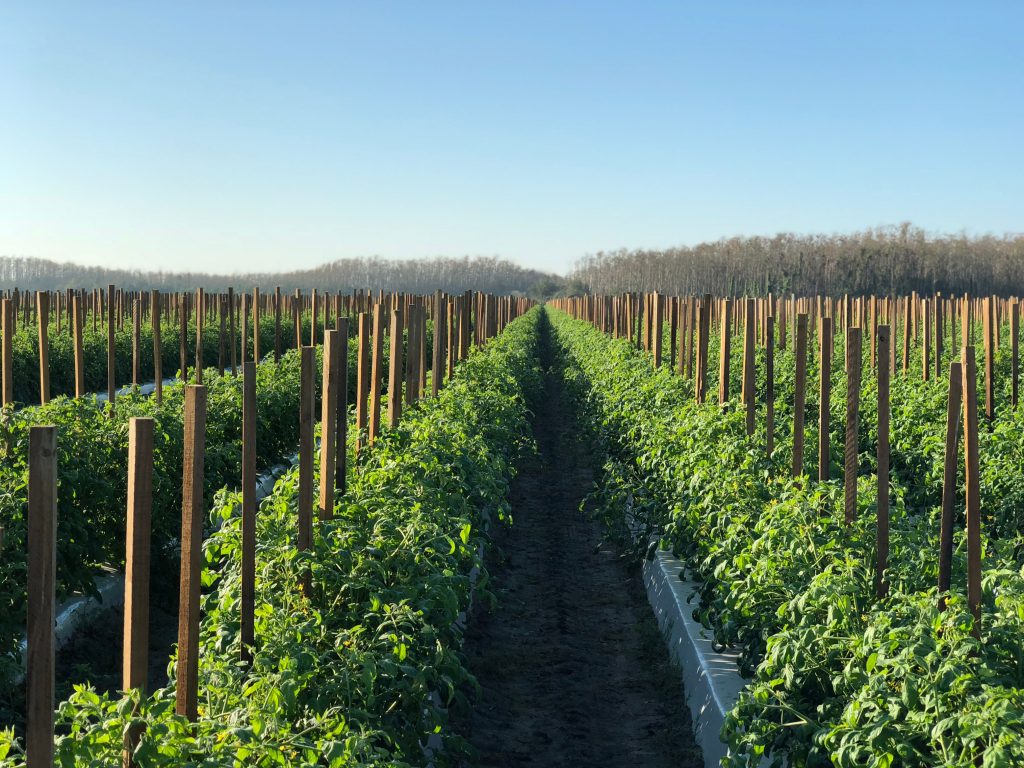
University of Florida/IFAS reminds tomato producers that plants must be destroyed within five days following final harvest of their crop. Under Florida law, abandoned tomato fields that have not been destroyed within five days after final harvest are subject to an Immediate Final Order per Rule, says Gene McAvoy, UF/IFAS Extension agent emeritus.
If tomato plants are left in the field, they could attract viruses and pests, including whiteflies. This could be problematic for neighboring fields or for future crops in the tomato field.
“Most growers are pretty good about it. They plant successive plantings, and you end up shooting yourself in the foot if you don’t clean them up pretty quickly. Most guys do, but occasionally you get a bad actor, maybe they’re leasing land and season’s not going good for them, for whatever reason, they walk away and leave it there,” McAvoy said.
“It just becomes a festering sore. We’ve seen problems with whiteflies. We’ve seen problems with virus. We’ve seen problems in seasons where we have late blight.”
McAvoy said growers in south Florida will plant every couple of weeks, starting in August. This provides a continuous supply of tomatoes to satisfy market demands. That means farmers may be harvesting non-stop from late October to early May.









